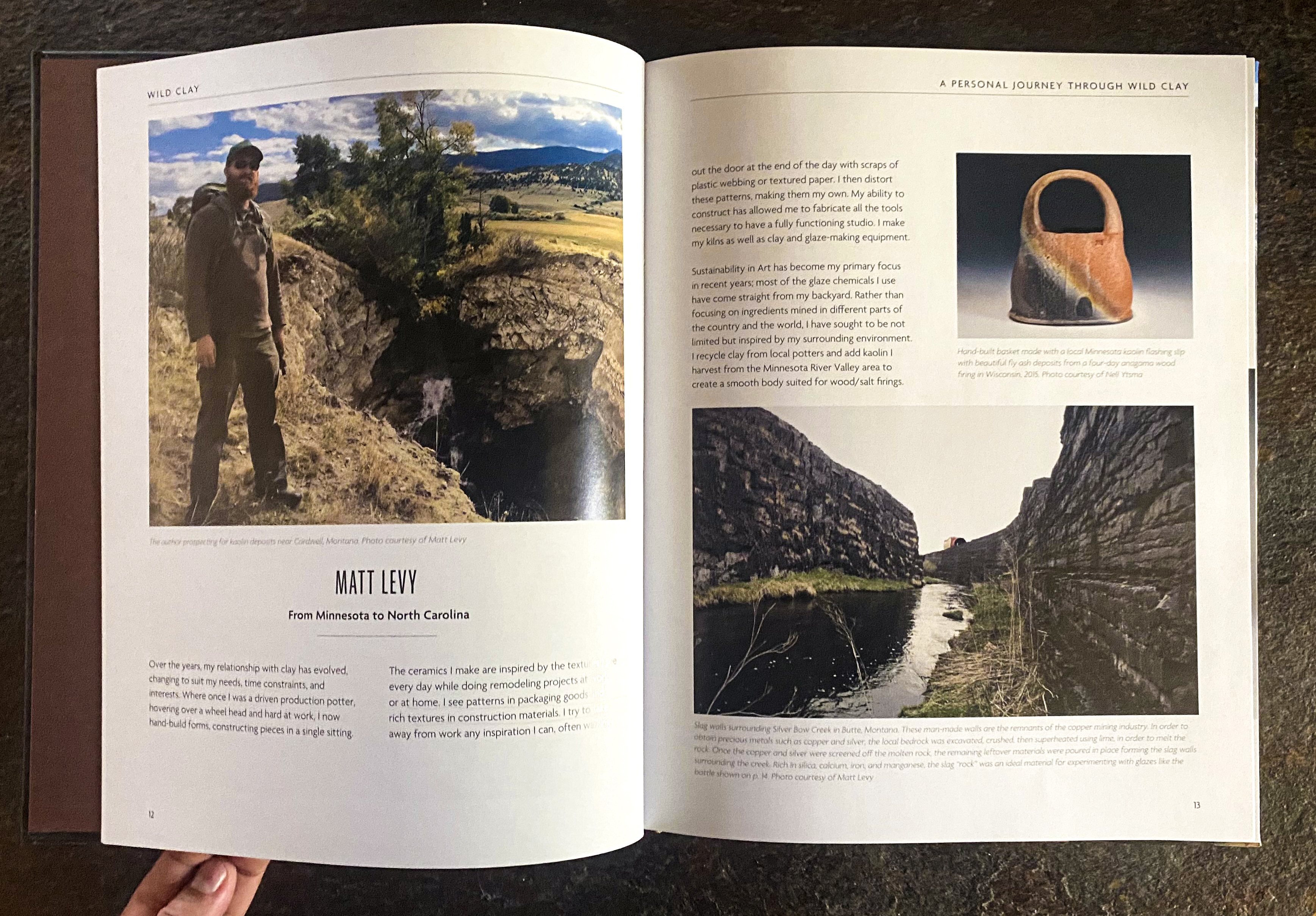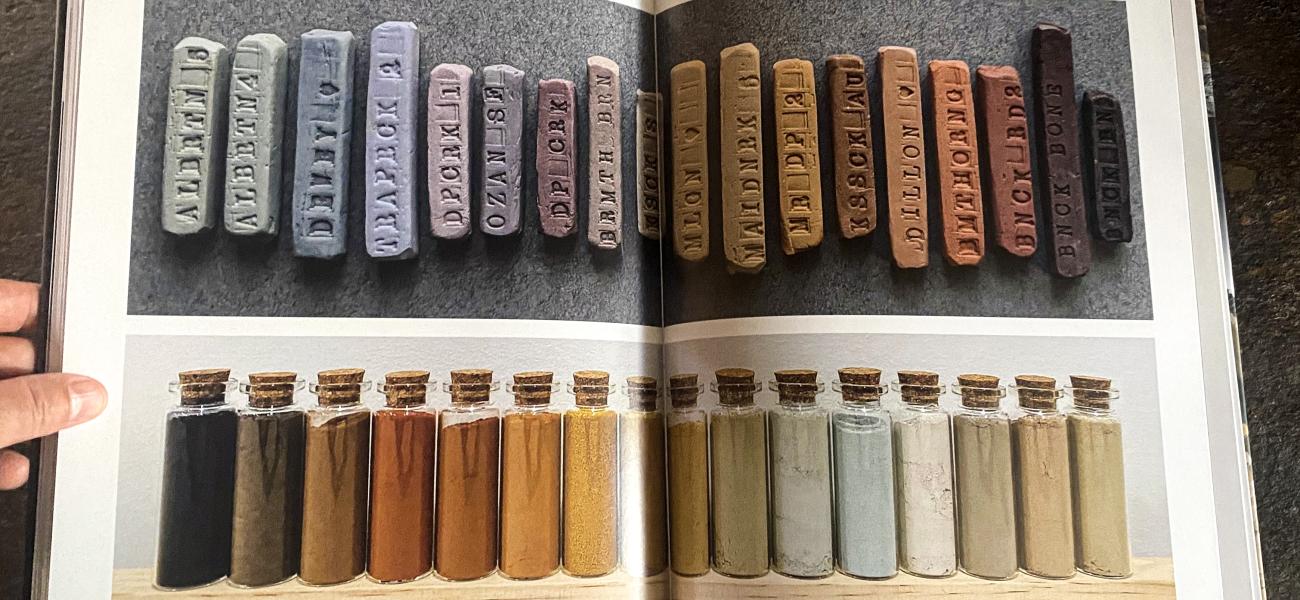My relationship with wild clay began in 2009 when I was introduced to the world of native materials in Montana. Dean Adams and Josh DeWeese had just taken over the ceramics program at Montana State University, and wild clay was on the menu from the start. We spent hours digging and processing clay, but even with the guidance of two long-time Montanan artists, nothing can replace the hours and years needed to grasp the potential of the wild materials around us. Most artists do not have the opportunity to travel the world researching and investigating their materials or even to spend the time to prospect – to take the risk of using – materials from their neighborhood. Learning how to navigate the complex and never-ending variables of our medium takes time, patience, and a lifelong commitment. Lucky for us, clay enthusiasts Matt Levy, Takuro Shibata, and Hitomi Shibata have compiled a sample of their expertise in a collaborative book titled Wild Clay: Creating Ceramics and Glazes from Natural and Found Resources.
 When discussing the materials ceramic artists use – regionally specific wild clay – Matt states, "It has its roots in almost every culture across the globe, and since each deposit of clay is as unique, chemically, as the rock that surrounds it, we can only speak of the materials we have encountered in our own personal experiences." His perspective helps answer the question, "Why wild clay now?" The relatively recent increase in people making pottery and sculpture with clay has boosted the demand for materials, along with contemporary interest in sustainability; using wild clay meets both creative and practical demands.
When discussing the materials ceramic artists use – regionally specific wild clay – Matt states, "It has its roots in almost every culture across the globe, and since each deposit of clay is as unique, chemically, as the rock that surrounds it, we can only speak of the materials we have encountered in our own personal experiences." His perspective helps answer the question, "Why wild clay now?" The relatively recent increase in people making pottery and sculpture with clay has boosted the demand for materials, along with contemporary interest in sustainability; using wild clay meets both creative and practical demands.
For new and experienced potters alike, this book provides a good introduction and detailed account of the material they are working with and where it originated. Those new to ceramics will benefit from a well-rounded history lesson about wild clay in the United States. They will also learn from a glossary of material definitions, which is useful for understanding and identifying issues and defects with their materials – wild and commercial. The more seasoned artist will surely see their lab time become more enjoyable due to the detailed explanations, helpful advice, and testing samples. With the tables and images provided, readers will gain an understanding of glaze and clay chemistry so they can troubleshoot issues related to their experience.


